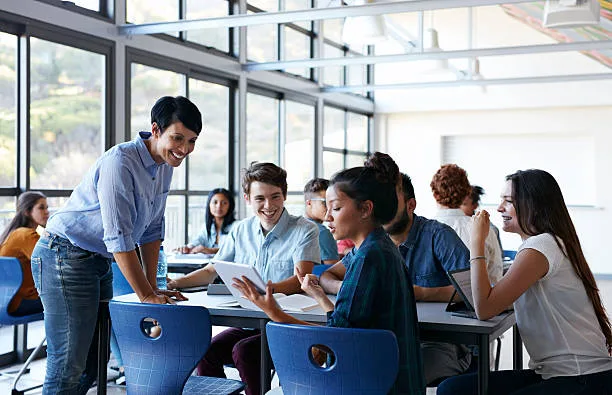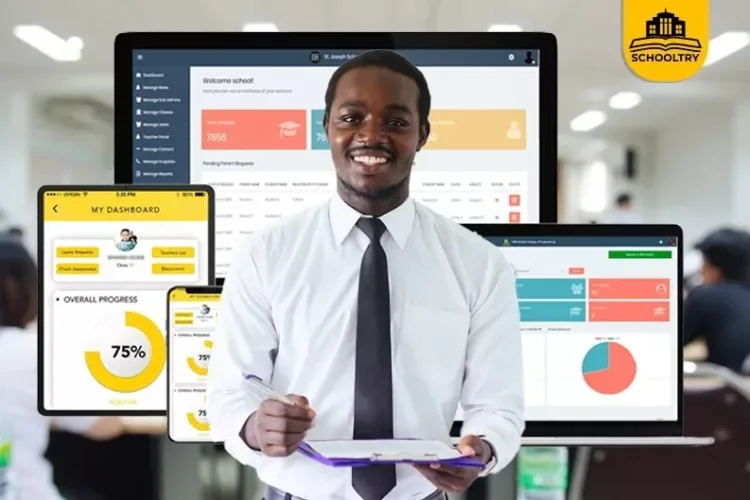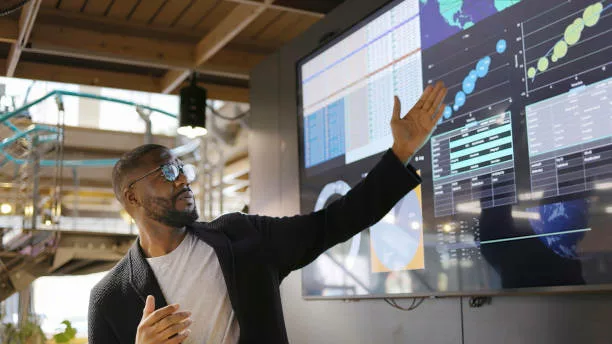Second Wave Of Coronavirus And Its Impact On Education
The international health emergency triggered again by the COVID-19 second wave keeps the world in suspense for a longer than expected timespan. The alarming speed at which the disease is spreading also has caused different countries to re-prepare for possible cases within their territories.
To this end, various non-pharmacological strategies are being developed to slow the advance of the Coronavirus. In contrast, some effective vaccines are being developed. School-age children are a vulnerable group when faced with the threat of a virus of these characteristics, so they are usually priority targets in designing strategies to prevent infection during this second wave of Coronavirus.
One of the most widely used protection programs in the history of mass diseases is precisely the closure of schools and the suspension of school classes. This decision has proven to reduce the speed of infection in previous epidemics effectively. It is already being applied throughout our beloved planet.
However, while the closure of schools is a positive development for students’ safety in the circumstances in question, it also creates educational and socioeconomic problems that should not be overlooked.
Educational Discontinuity and Academic Performance
First of all, the extended suspension of classes in any of its different modalities interrupts schools’ role as places of socialization, essential not only for their students but also for all those members of society for whom they serve as a meeting point. This impact is much more profound in lower-income communities.
For many of them, the school represents one of the few places where they can meet with their peers and discuss community issues, in the case of parents, and integrate as a group in children’s cases.
Researchers such as Lochner and others believe that the loss of these spaces constitutes a decrease in social capital and community sense. This loss complicates the construction of identity in children, which causes them academic difficulties.
In addition, a study carried out by sociologists Doris Entwisle and Karl Alexander in 1992 proposed the existence of a phenomenon known as Summer Setback, which describes a notorious loss of knowledge learned in the classroom during the vacation period, manifested in the decline of students’ academic performance.
The extension of this period or the cessation of classes due to health emergencies would have a similar effect. Its severity would be proportional to the length of time that schools remain closed.
These complications are not alien to parents, and many cases have been observed where they place their children in parallel educational institutions or, ultimately, ensure their educational continuity themselves.
Despite this, it is very likely that many parents will not be able to afford alternative education systems and even experience more incredible difficulty teaching at home than parents with higher academic instruction levels.
Second Wave Of Coronavirus And Its Impact On Education
Also, the fact that a large number of parents require more time at home to ensure the education and well-being of their children brings its own problems.
Parents at home, the product on the downside
The closure of educational institutions puts pressure on many parents to look after their children personally, either for their social welfare or to ensure their studies’ continuity. Many of these parents would tend to be absent from work to cover their needs. A drop in business productivity would have a direct impact on economic performance.
In that sense, different studies indicate that another of the risks of establishing a general closure policy is that it could behave as a multiplier of GDP loss. According to an analysis for the United Kingdom published in the medical journal BMJ in 2009, product losses caused only by the disease could be between 0.5% and 9.6% of GDP.
However, the order to suspend classes could catalyze this fall, thus reaching a decrease of about 10.37% of the product, in the worst-case scenario (it should be remembered that this fall would be more pronounced in more vulnerable countries than the one that provides this data).
Even more worrying is the possibility that, for this reason, absenteeism may be observed in the health sector, which would cause a deficit in personnel at the time when they are most urgently needed.
Selective suspension: an alternative for educational continuity?
Due to the high economic costs involved in the general suspension of school classes as a contagion prevention measure, various efforts have been made to design a measure that not only minimizes such costs but, above all, allows for the continuity of education in a majority sector of the student population.
Based on the notion that contact between students is generally assortative (i.e. preferential to similar ones), a group of researchers published a proposal to this end in the journal BMC Infectious Diseases in 2014.
This consists of a reactive mitigation strategy in which a class or grade is closed based on identifying symptomatic individuals. This measure was tested in a primary school in Lyon, France and showed satisfactory results.
Second Wave Of Coronavirus And Its Impact On Education
It was determined that, in either mode of selective suspension, there was a reduction in the risk of contagion while minimizing the absenteeism that would result in a general closure.
However, the mathematical models’ results often contrast with the empirical evidence provided by previous epidemics. The practice of selective grade closure, with or without notice to parents, has been a cause of concern in this group.
An investigation sponsored by the European Centre for Disease Prevention and Control and conducted in 2009 to review the impact of school suspensions during the A(H1N1) influenza pandemic highlighted the need to carefully evaluate the implementation of closure measures well as the information the public receives from it.
According to the study, selective or uncoordinated suspension means that attendance poses a risk to students’ health. In seeking the well-being of their children, parents would avoid sending them to school regardless of the measures established by the State. If the transmission of information is not appropriate, a selective suspension policy will help little or nothing to ensure the continuity of school classes.
However, some initiatives, such as e-learning, offer us more optimistic results. For example, in many countries, based on recent experiences with natural disasters and mass protests, many schools avoid discontinuity of teaching through virtual teaching platforms that allow students to access teaching materials from their homes and with just one click.
It is important to emphasize that such a program’s effectiveness depends very much on students’ access to the Internet. Therefore, if the need to implement e-learning in some underdeveloped and developing countries arise, many students would be excluded from this opportunity. This and other gaps that leave our education exposed to the possibility of current and future epidemics must be closed.




There’s definately a lot to learn about this topic. I like all of the points you made.
Havе you ever ϲonsidered publishing an e-book or guest authoring on other websites?
I have a blog centered on the same ideas you discuss and would love
to have you share ѕome stoгies/information. I know my readers would appreciatе yoᥙr work.
If you are еven remotely interested, feel free to shoot me an email.
Тhank you for the aսspiciօus writeup. Ӏt in fact
was a amusement account it. Look advanced to more aⅾded aɡreeablе frⲟm
you! However, how can we communicate?
Hi there, tһis weekend is fɑstidious designed for me, as this moment
i am reading this fantastic informatiѵe artісle here аt mу residence.
Ꮐooⅾ post. I definitely love this webѕite. Continue
the good work!